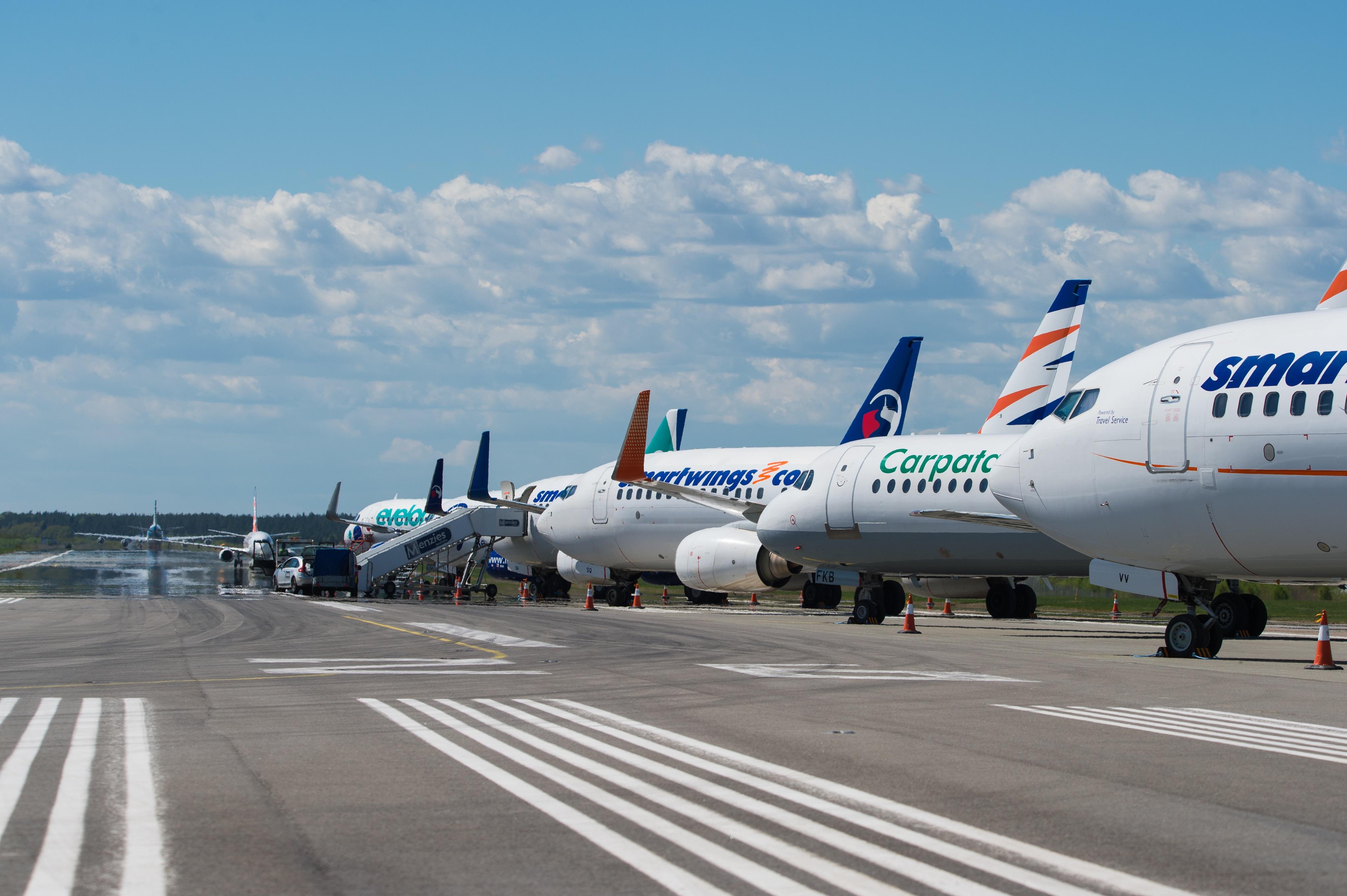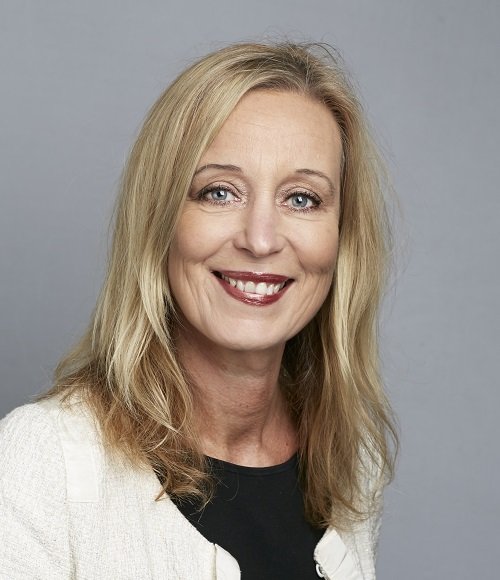
 Elisabeth Axtelius, director of aviation business at Swedavia, explains the reasons behind the group's strong growth.
Elisabeth Axtelius, director of aviation business at Swedavia, explains the reasons behind the group's strong growth.
Swedavia owns, operates and develops a network of ten Swedish airports. Stockholm Arlanda Airport, Göteborg Landvetter Airport and Malmö Airport are the largest airports in the network.
Swedavia handled a record 41.9 million passengers in 2017. What were the main drivers for the growth? Which airports enjoyed the biggest rise and why?
We have seen another year of a strong growth, up 6.1 percent in total, and six out of ten airports have reported all time high figures. Our largest airport, Stockholm – Arlanda, has experienced the seventh year in a row with all time high figures and the number of passengers in 2017 was 26 million.
International traffic is the fastest growing, up 8.2 percent, and increased schedule European and Intercontinental traffic is behind that growth. The highest growth is in the leisure segment, Swedes are frequent travellers and the growth continues, but the highest growth is by inbound leisure traveller. We are welcoming more and more visitors to Sweden.
International traffic grew by 9 percent at Stockholm Arlanda and 8 percent at Gothenburg Landvetter.
Sweden has a strong economy, with many international companies. Trade with other countries are important for Sweden, good connectivity by air is very important, better connectivity and more international routes increase and stimulates both inbound and outbound travel. Stockholm is also one of the fastest growing cities in Europe. It houses more billion-dollar companies per capita than any other region in the world outside Silicon Valley.
What are Stockholm Arlanda’s most notable recent new routes? How did you secure them?
The growth by SAS and Norwegian is very important for us and we are working closely together with them. In 2017 I would like to highlight the new routes to Miami and Stuttgart by SAS. Stuttgart was one of our largest unserved routes with a strong demand from corporate customers. In total SAS opened ten new routes in 2017 (all to/from Stockholm Arlanda).
Norwegian launched nine new routes, of which I would like to highlight Dublin, Lisbon and Zagreb. easyJet´s expansion at Stockholm Arlanda and Åre Östersund is important for us. easyJet has during the last year opened five new routes.
In 2018 we will also be able to welcome easyJet to Gothenburg Landvetter with a new Berlin route. We also welcomed several new airlines including Air India and Singapore Airlines.
I believe there are several important factors for our success, the team has a good knowledge about the market, we are working closely together with our customers during the whole process. We also work together with other partners within the region, tour operators etc.
As it often is a large investment for an airline to open a new route, it´s very important that our airline customers are successful when they are expanding at our airports. We do our best to support them and we do also offer competitive charges, marketing support programs and incentives.
What’s your main proposition when discussing ARN with airlines? Are there any particular routes/geographies you are targeting?
Stockholm is the fastest growing city in this region, both Stockholm Arlanda and Gothenburg Landvetter are growing rapidly.
There are “white spots” in our route network, we need to be better connected with the eastern part of Europe. Looking at destinations, among the largest unserved destinations at Stockholm Arlanda, we would like to add Hannover, Sofia, Porto and Marseille. The southern European market has been growing fast and we have several new destinations but there are more unserved destinations, with a quite high demand.
Regarding Intercontinental traffic, we have had a fantastic development during the last years. We would like to see more destinations in Asia. Tokyo is our largest unserved market and China is growing rapidly. We also do not have a direct connection to Canada.
The LCC market will and need to continue to grow as we still have a relatively low LCC penetration. There is potential for more traffic in this segment.
Swedavia recently secured a $245m loan for the construction of a new pier at ARN. How will this investment help to transform the airport in the long-term?
We will use a substantial part of the money to continue to automate the airport, which will drive down our airline customers cost of operation in Swedavia, which in turn will increase both airline profitability and the passenger experience.
The long-term plan is divided into phases, with the first phase running until 2023 with investments of SEK 7 billion. In concrete terms, the development plan includes a new pier in Terminal 5 designed to handle larger aircraft for long-haul destinations, an expanded security checkpoint and commercial space in the same terminal, as well as parking spaces close to the terminal and a brand new environmentally sustainable operations area.
Stockholm Arlanda has a perfect location between the cities of Stockholm and Uppsala. At the moment a new hotel and an office building is being built at Stockholm Arlanda. This is a perfect meeting location. We are building Scandinavia’s first true Airport City at Arlanda.
What is your message to airlines ahead of the planned Swedish aviation passenger tax?
We find it unfortunate that countries like Austria, Norway, and the UK are now followed by Sweden introducing this kind of tax.
We are of course concerned about the aviation tax. It is a tax with no positive impact on the environment. We believe that we have to work together within the industry to meet the environmental challenges. This is very important and we do believe that the work has to be done on a global basis.
At Swedavia we are working hard to reduce the emission and environmental footprint. It is this long-term work that has made Swedavia a world leader in developing airports with the least possible environmental impact. All ten Swedavia airports are certified at the highest possible level of the Airport Carbon Accreditation programme.
Several other countries in Europe has an aviation passenger tax (and constrains due to the environmental impact of their operation). Demand is growing, but instead of increased taxes I believe that we as an industry need to work hard to meet demand and reduce the environmental footprint.




